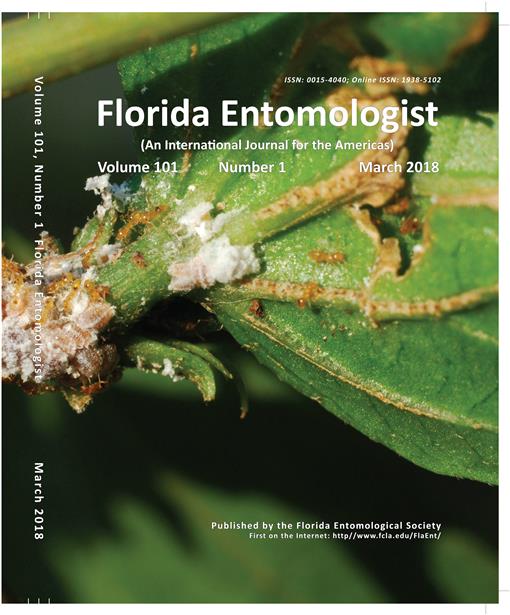Diamondback moth, Plutella xylostella (L.) (Lepidoptera: Plutellidae), is the dominant insect pest of cruciferous crops around the world, and is resistant to many chemical insecticides. In this study, we measured the chemical composition and bioactivity of Artemisia lavandulaefolia DC (Asteraceae) essential oil on P. xylostella. The essential oil was obtained by hydrodistillation and analyzed by gas chromatography-mass spectrometry. A total of 35 constituents were identified. The principal compounds were: eucalyptol (35.60%), (R)-4-methyl-1-(1-methylethyl)-3-cyclohexen-1-ol (16.25%), π-trimethyl-3-cyclohexene-1-methanol (6.83%), 3-methyl-6-(1-methylethyl)-2-cyclohexen-1-one (6.63%), and (1S)-1,7,7-trimethyl-bicyclo[2.2.1] heptan-2-one (4.72%). The LD50 contact toxicity of the essential oil to immature P. xylostella was estimated at 0.045 μL per larva. Artemisia lavandulaefolia oil exhibited fumigant toxicity against P. xylostella adults with an LC50 of 0.113 mg per L after 12 h and also provided 80 to 100% repellency at a 1% v/v concentration.
How to translate text using browser tools
1 March 2018
Chemical Composition and Bioactivity of the Essential Oil from Artemisia lavandulaefolia (Asteraceae) on Plutella xylostella (Lepidoptera: Plutellidae)
Xing Huang,
Si-Yan Ge,
Jing-Hao Liu,
Yong Wang,
Xin-Yuan Liang,
Hai-bin Yuan

Florida Entomologist
Vol. 101 • No. 1
March 2018
Vol. 101 • No. 1
March 2018
botanical insecticide
diamondback moth
Eucalyptol
fumigant toxicity
insecticida botánico
polilla de diamante
repelente




